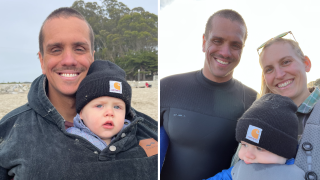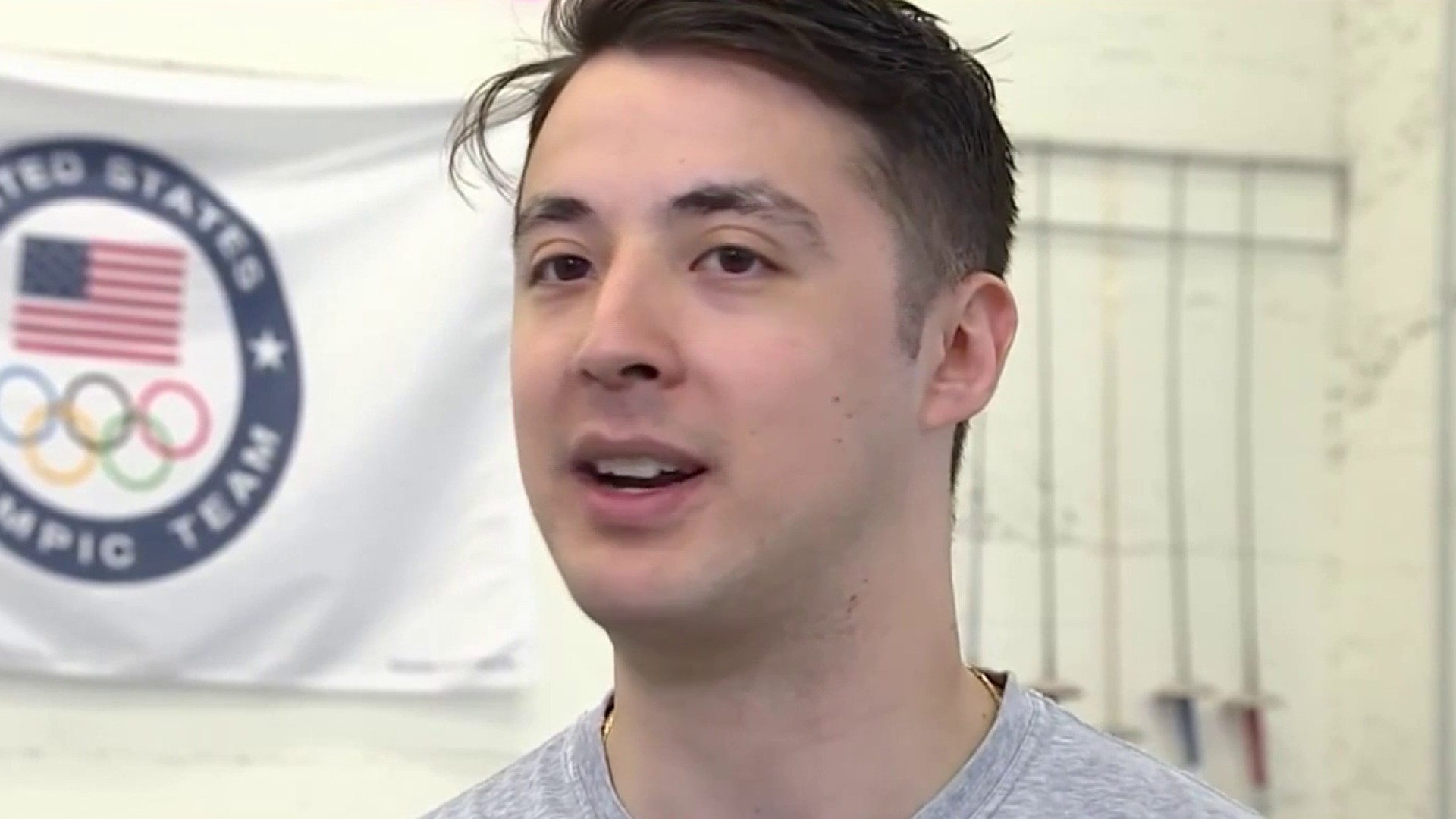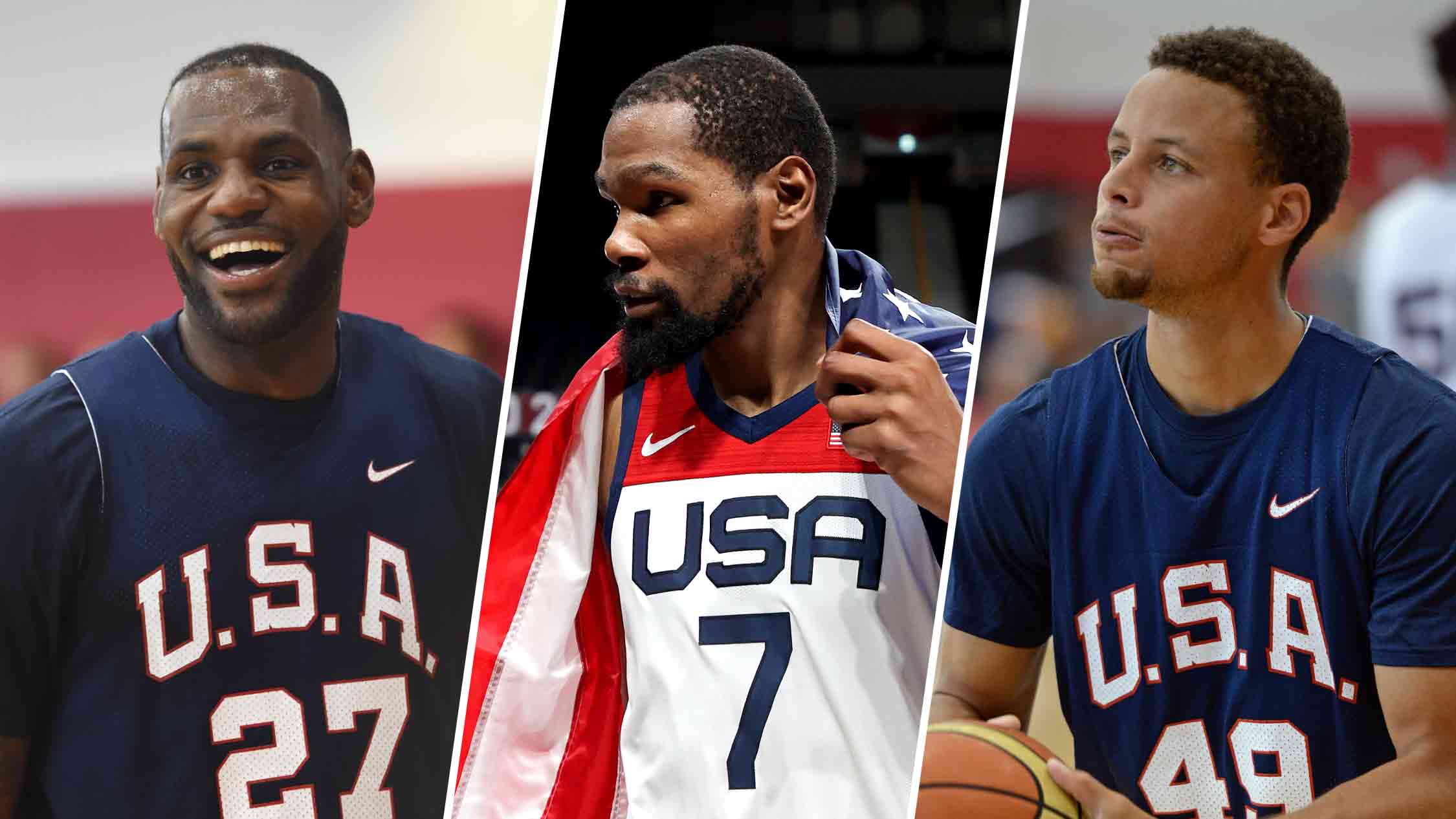
His highest profile career medals may have been earned in 50-meter pools, but two-time Olympic gold medalist Tom Shields has always been most dominant in short-course competitions thanks to a nearly unrivaled weapon: his powerful underwater kicks.
The math is simple: A shorter pool (25 meters or 25 yards) means more turns, more time underwater and more opportunities to gain an edge on each length before even breaching the surface.
After Shields led the University of California-Berkeley to back-to-back NCAA titles a decade ago, the FINA Swimming World Cup became his main source of short-course racing. These World Cup circuits also provide swimmers with a much-needed funding source outside the limited windows of major international competitions like the Olympics and World Aquatics Championships.
Three months after winning gold as a member of the U.S. men’s 4×100-meter medley relay team at the Tokyo Olympics, Shields scored a spree of victories throughout that year’s World Cup circuit. Dominating the 100-meter butterfly at each of the series’ four stops (Berlin, Budapest, Doha and Kazan), he finished among the circuit’s highest earners.
Get a weekly recap of the latest San Francisco Bay Area housing news. Sign up for NBC Bay Area’s Housing Deconstructed newsletter.
But when he returned to Berlin for the first leg of the 2022 series last August, Shields did so under a self-imposed ultimatum – either place high enough to secure prize money once again, or seriously consider retiring from the sport that had been his life’s focus since he was eight.
Less than 50 seconds after the starter’s whistle blew for that final, Shields thundered back to the wall - his lungs starved of oxygen.
To rack up the points necessary to secure meaningful funding by the end of the series, only a spot in the top two would do. As he collapsed over the lane rope to his left and turned to the scoreboard, the illuminated “4” beside his name spelled out his fate.
Over the next two days, Shields placed sixth in the 50-meter butterfly — an event in which he still holds the American record — and 20th in the 200-meter butterfly.
“I’m in a corner now,” he remembered thinking after his final race.
What now?
When he returned to Berkeley the next week, Shields reported to Cal’s Legends Aquatic Center for training, as he had done for well over a decade. But early the following week, he left practice and never returned. The time had come to hang up his cap and goggles.
Shields is an “all or nothing” guy. He acknowledges that had he even seen out the week’s training sessions, the love he still holds for the sport might have led him to stick around for another “two, three, four, five years.”
“But I can’t do that to my family anymore,” he said, “and I can’t let my kid’s health insurance rely on a 50 second swim in August.
“To move forward with my life, and my family, I just couldn't be training full time.”
Shields’ mind was made up — yet there was still something he needed to do.
Dave Durden, Cal’s long-time head swim coach, was across the Bay during his team’s annual “Triple Distance” meet against Stanford on Nov. 4 when he was caught off guard by a text from the swimmer he had coached and mentored for 13 years.
“I remember being on the pool deck, trying to get pace for our guys and get them ready to race, while trying to process all of that,” Durden recalled of the moment he learned that Shields was stepping away from competitive swimming. "It's just kind of that abrupt ending to things – like, ‘Oh my gosh, what now?’”
Life on dry land
Though Shields’ departure from the sport felt sudden, the self-searching questions surrounding his future in the pool had begun much earlier.
“I would always say, ‘Okay, if this doesn’t happen, I’ll quit; or this year, if I don’t make this much, I’ll quit,’” he said. “That’s been the ultimatum forever, and for the last five years I kept just threading the needle … and then finally, I didn’t.”
Between the endless training and travel, Shields said the sport’s demands on his time and energy made it difficult to strategize post-retirement steps before it was time to take them. If he could have, he wonders if the path forward might have been clearer.
“It’s been hard on my head, my soul and my body to leave so abruptly,” he admitted. “It’s definitely not a way that I would tell anyone to retire or move on, but I’m so all in on what I’m doing at any moment that it was so difficult for me to build a way out while I was in it.”
As he left behind the only career he’d ever known, Shields was facing another abrupt change in his life: his son Magnus was born in August 2022.
How would he provide for his newly formed “tribe of three?”
Shields said his number one resource in answering that question has instead been those who have been in his very position: swimmers. Chief among them was Jason Lezak.
Still the owner of the fastest 100-meter relay split in history, from a historic night in Beijing long ago, Lezak has been out of the pool for a decade now. But rather than his status in the pool alone, it was Lezak’s long-running career in swim clinics that led Shields to turn to his fellow Olympian for advice.
“I think it’s a natural way to go for swimmers,” said Lezak, 47. “When you swim for a long time, you’ve learned a lot and you have a lot to give back.”
Shields reached out to a number of Bay Area swim clubs before connecting with Zach Wolfe, head coach of the Highlands Dolphins Aquatic Club in San Mateo, where Lezak had run a clinic of his own several months earlier.
But days before the official re-launch of “Tom Shields Swim Clinics,” Shields' wife, Gianna, was diagnosed with norovirus. Shields and then-nine-month-old Magnus soon suffered the same aggressive stomach bug, and by Saturday evening the trio rushed to the emergency room.
Shields was left with no choice but to contact Wolfe to reschedule the following morning’s clinic for later in the summer.
Fortunately for Shields, another opportunity for his first post-retirement venture was on the horizon.
Among Olympians
In San Francisco three weeks later, Shields ascended the marble, red-carpeted steps between the towering stone pillars that frame the entrance to The Olympic Club’s City Clubhouse.
“Members only” read the sign by the intercom outside, beneath an emblem of a large, winged, golden “O.”
“No hats,” gestured the woman behind the front desk as she rifled through membership files and sign-in forms.
“Old school!” Shields remarked.
One shy swimmer, no older than 10, peaked apprehensively from behind her father’s leg. Sensing nerves, one of the club’s coaches crouched beside her.
“What [Shields] teaches you, you’ll understand, and it’ll make you a better swimmer,” the coach said with a reassuring smile. “He’s a very good teacher!”
After ditching his street clothes for a black-and-red speedo (stamped with The Olympic Club logo) and his trusty blue goggles, Shields engaged the dozen-strong group in warm-ups and a series of drills – with heavy emphasis on his specialty underwater kicks and butterfly stroke.
Shields hopes to work with his therapist on how to best draw upon his past experiences with mental health to provide guidance on another crucial area of sport: performance mindsets and mental health.
This clinic ended with a short Q&A session, followed by autographs and pictures during which two of the day’s main attractions – concealed until now by Shields’ trusty fanny pack – were revealed.
“That’s where they live, most of the time,” Shields admitted, draping his Olympic gold medals, one by one, around the youngsters’ necks.
A new chapter
The journey home from San Francisco looks a little different nowadays. That’s because for the first time in nearly 14 years, home is no longer the city of Berkeley that served as the launchpad for Shields’ international swimming stardom, the college town where Shields and Gianna first met.
In May, the family packed their East Bay life into a U-Haul and trundled down the West Coast to Santa Cruz, where Gianna grew up. Being closer to family, with some built-in friends for Magnus, was a main reason for the move to begin this new chapter in the Shields family’s life.
“In October 2020, there were zero grandkids on Gianna’s side,” Shields said. “Now there are four [Magnus and his three cousins], and we’re all together in Santa Cruz.”
Shields loads up his white Toyota Tacoma for the 10-minute trip to Santa Cruz’s rugged coast in pursuit of his new preferred hobby: surfing.
“I grew up body surfing a lot,” Shields said.
Born in Florida and raised in Southern California’s Huntington Beach, Shields is no stranger to seaside life. In fact, proximity to the ocean was another key factor in the family’s move to the self-proclaimed “Surf City” of Santa Cruz.
“The waves are probably significantly better more often here [than San Francisco] … which was definitely a non-zero amount of weight on the decision,” Shields added.
Parked across the street from a popular local surf spot fondly known as “Jack’s” — after late surf icon Jack O’Neill, pioneer of the neoprene wetsuit and founder of O’Neill surf brand — Shields donned a surf poncho to wriggle into his wetsuit. Board tucked under one arm, he descended an algae-strewn staircase carved into the cliff upon which O’Neill’s old house perches and plunged into Pacific waters a little colder than regulation swimming pool temperature.
Nods, greetings and remarks on the day’s waves exchanged with a few weathered veterans indicate Shields is fast becoming a regular on the Santa Cruz surf scene. But with his Olympic rings tattoo hidden beneath a wetsuit, he is just another friendly face to these crowds of his similarly neoprene-clad peers. Perhaps the only indication that this is a man who once beat the great Michael Phelps at butterfly lies in the day’s board of choice.
The board stretches out nine feet exactly. It was a gift after Shields’ Olympic debut seven years ago, custom-made by renowned surfboard crafter Bob Pearson. Beneath layers of surfboard wax, its fiberglass body sports the American flag adorned with the 2016 Rio Olympics emblem.
Shields’ main worry with rocking such a board is being more memorable to the area’s resident pros should his surfing etiquette not be up to scratch.
“I’m terrible compared to ‘real surfers,’” Shields said. “But I’m water safe; I have fun.”
‘The best experience in the world’
He still sees his old “colleagues” despite being off the racing circuit these days.
“How does it feel to not matter anymore?” a fellow ex-swimmer joked recently.
Some recent reading choices such as Marcus Aurelius’ “Meditations” and the teachings of other Stoics like Seneca have helped Shields face that question. He matters to Gianna, as he has since the first class they shared at Berkeley some 13 years ago. And he matters to the little blond boy who waits, brimming with excitement, behind the glass patio doors when he returns home.
“It’s the best experience in the world,” Shields said of his new role as dad. “[Magnus] is starting to crawl, so he’ll crawl over and look at me with a huge smile.”
At home, his wetsuit and surfboard rinsed and stashed away, Shields resumed his parenting duties.
“Hey, Goose!” he called out, playing peek-a-boo with Magnus as he approached the patio doors. A quick diaper change later (teamwork, on Gianna’s lead) and the trio were back on the road, headed for a lunchtime favorite: Aloha Island Grille on Portola Drive.
Food in hand — spam musubi (a Hawaiian classic of Spam and rice wrapped in nori seaweed) for Shields, a poke bowl and a can of Hawaiian Sun for Gianna and a tupperware of treats from home for Magnus — the Shields family makes for the cliffside at The Hook, another surf spot just a short walk from Jack’s.
Shields knows that the future still carries some uncertainty: As Lezak advised, swim clinics alone won’t pay the bills forever. Perhaps a job in sales would do, Shields wonders, for when that day comes; the marketing work he’s doing for his clinics has offered some practice in that realm.
For now, though, standing atop the cliffs with Magnus and gazing out at the surfers scattered down the coast, Shields feels more content with life than he has in quite some time. The clinic business grows day by day, and here in Santa Cruz he has family, and he has his surfboards — “too many” of the latter, he said with a laugh.
“It’s not that my story’s over,” Shields asserted. “I just have a new role.”



